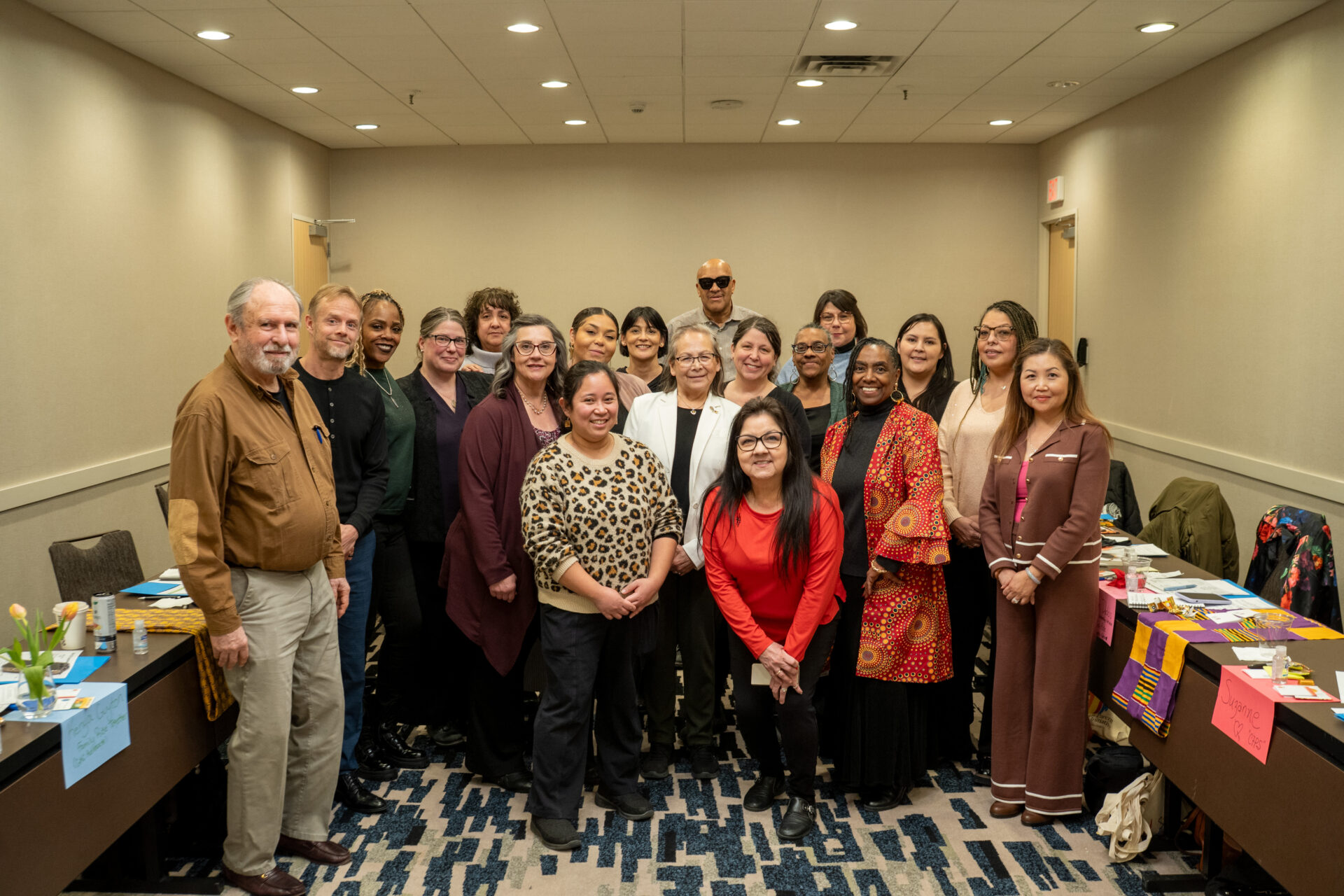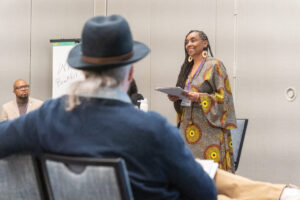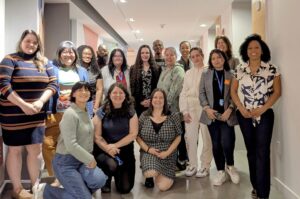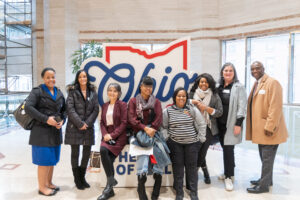A Statewide Civic Design Team Gathers in Minnesota to Begin the Work of Parent Leadership
In late February, a small team from the National Parent Leadership Institute (NPLI) traveled to Minneapolis to kick off something powerful: the early steps toward launching the Parent Leadership Training Institute (PLTI) across the State of Minnesota.
In partnership with NPLI, the Minnesota Department of Children, Youth, and Families (DCYF) brought together a committed group of stakeholders and community partners from across the state. They formed Minnesota’s first statewide Civic Design Team, laying the groundwork for what will become a broad, community-led effort to center family voice and strengthen civic engagement across Minnesota. PLTI isn’t entirely new to Minnesota: this effort builds on work led by the White Earth Nation. The Indigenous Parent Leadership Initiative (IPLI) is a culturally adapted version of PLT. White Earth Nation has been indigenizing PLTI ove the past few years. IPLI, grounded in Ojibwe culture and community-rooted leadership, helped spark statewide interest in expanding PLTI to more regions and populations. You can learn more about IPLI here or read about its impact here.
What’s a Civic Design Team?
In the PLTI model, a Civic Design Team, or CDT, plays a vital role in implementing the initiative with fidelity. A CDT is a volunteer group made up of community leaders who reflect the community’s strengths, diversity, and general vision. The CDT guides local implementation of PLTI and keeps it anchored in community priorities.
Each local CDT supports participant selection, helps cohorts run smoothly, and ensures the program grows with intention. Some teams are formal, others more flexible, but all share a common purpose: supporting parents as leaders and decision-makers.
What We Discussed, and What We Learned
Throughout the training, we shared the story of PLTI and its impact across the country. We talked through how the model works, how it supports families, and how it grows local leadership that lasts. We also shared a small taste of the PLTI curriculum by walking the CDT members through part of a PLTI session.
More importantly, we listened.
We asked those in the room for honest input to help us think through where PLTI could take root in Minnesota. How can this model best serve Minnesota families and what communities would benefit most? Which organizations have the relationships and infrastructure to host a PLTI site? By the end of the training, these conversations helped us identify several key regions that are strong candidates to launch PLTI. These early insights will help guide the next phase of planning and partnerships.
Gaps PLTI Is Helping Fill
Minnesota is already doing important work to support families, and PLTI is not here to replace that work. Instead, bringing PLTI to Minnesota addresses the current needs that our partners across the state named during the training.
Civic engagement: PLTI teaches parents and caregivers how systems and policies work, and how they can effectively participate and influence change.
Lived experience in leadership: Families who interact directly with public systems bring perspectives that have often been left out of decision-making spaces.
Community-driven focus: PLTI doesn’t tell parents what to advocate for. Parents choose the issues they care about and develop the skills to advocate on their own terms.
Whole-family approach: Alongside the Children’s Leadership Training Institute (CLTI), PLTI aligns with Minnesota’s two-generation strategies by supporting children and their caregivers together. These parallel initiatives strengthen both children and their caregivers through shared growth.
Prevention strategy: When families are informed, confident, and connected, they’re more likely to access resources early and far less likely to encounter and become involved in child protection or crisis systems.
In short, PLTI will bring more structure, support, and momentum to a vision that already exists within many Minnesota communities.
What Happens Next
Minnesota has begun a Formal Request for Proposals (FRP) process to identify local organizations to host a PLTI site. Once those sites are selected, NPLI will train the facilitators and site coordinators for each region.
This moment marks a major step forward. Minnesota will join Connecticut, where PLTI began, and Colorado as another state implementing PLTI statewide. This interest in PLTI from Minnesota reflects a trend that we’re seeing and growing national belief that when families lead, communities become stronger and more responsive.
Looking Ahead
Minnesota is building a statewide network of leaders rooted in community. Over time, as we’ve seen with other states, parent leaders will grow into every corner of the state. They’ll take on roles in schools, neighborhood councils, advisory boards, and state-level policy discussions. As the program expands, families with different backgrounds and lived experiences will shape how public systems evolve and improve.
This work will help shift how decisions are made and who gets to make them. It centers adults who care about children, not just as participants, but as leaders who help create the future they want for their children and their community.
The journey has started, and we look forward to sharing more as it continues to unfold.










